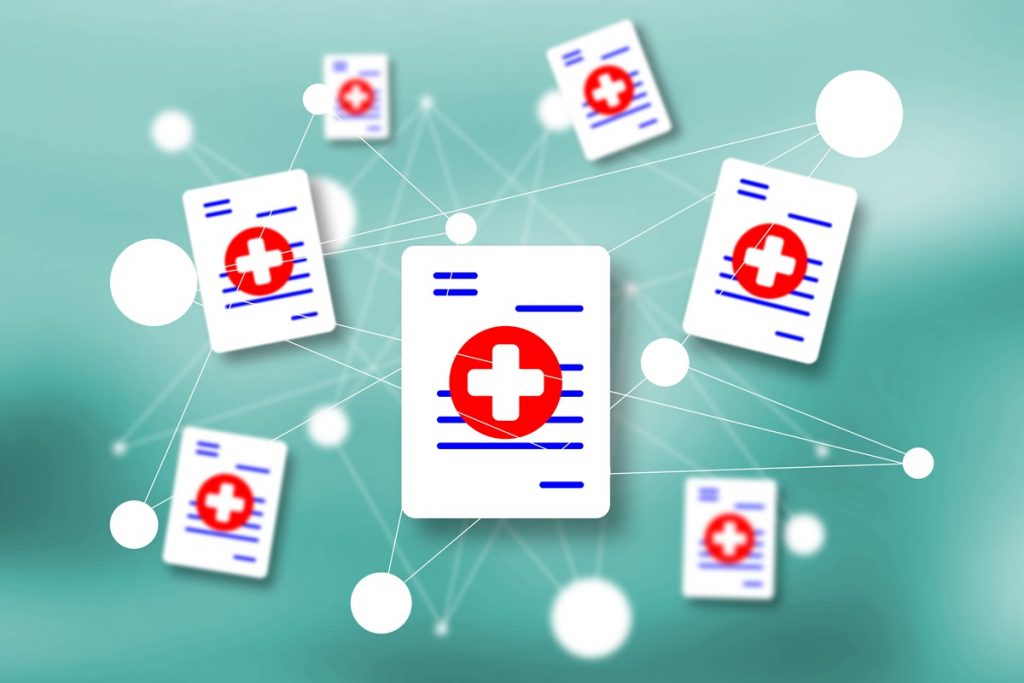It’s widely recognised that healthcare systems are strained under increasing demands – and it has been for some time. Healthcare workers have long felt escalating pressures to provide prompt and accurate care to the most vulnerable populations. And with the number of UK citizens over 65 expected to rise by 32 per cent by 2043, the strain on already-stretched resources will only be exacerbated.
The enormous stress and strain of the pandemic left healthcare professionals exhausted and frustrated, and it’s an issue that’s not going away. Long hours and shifting responsibilities have led to widespread burnout; results from the NHS Staff Survey 2022 indicate that staff in clinical roles are more likely to report burnout, and around half of staff in ambulance (operational) roles claim to have felt burnout because of their work (49.3%).
More worryingly, the healthcare workforce is also dwindling. As of the first quarter of 2024, the NHS faces an estimated 126,000 vacancies, of which approximately 43,000 are in nursing. The emergency services are also feeling the strain, with a growing number of seriously ill people making their own way to A&E because ambulance 999 response times are so slow.
The opportunity for AI to improve resource constraints
Amid these multiple and growing challenges, artificial intelligence (AI) presents a promising opportunity to help alleviate some of those resource constraints and challenges for both patients and staff. Google’s UK Economic Impact Report highlighted the scale of this, with forecasts showing that AI -powered innovation could create over £400 billion in economic value for the UK economy by 2030.
In healthcare, AI’s impact stands to be profound, enhancing disease diagnosis, treatment, and prevention. It’s already being used to improve mammogram analyses — detecting 20 per cent more cancers — and matching patients with optimal antidepressants by analysing brain activity data.
Specifically addressing the challenges in staff shortages will require time, policy revisions, and intensive training. However, the sector can’t afford to wait for those resolutions. It is critical to evaluate where AI can lighten daily duties for medical professionals, thus enhancing patient care efficiency.
Integrating AI services into healthcare operations offers real-time access to essential patient data, streamlines burdensome administrative tasks, and improves care delivery before, during, and after patient visits. Tools like chatbots powered by intelligent generative AI can handle routine inquiries, allowing patients to obtain appointment details, prescription renewals, care-advice, or hospital information independently, while leaving patient-facing staff to handle more complex and pressing matters.
Furthermore, AI can enhance personalisation in healthcare by integrating with clinical decision-support systems and existing medical records, providing tailored responses based on a patient’s history – without the need for extensive questioning of the patient making the enquiry.
AI contact centre use case
Here is an innovative example of a best-in-breed contact centre solution that helps reduce the workload, for both patient and staff: when a patient calls into the hospital’s contact centre, an AI service automatically ‘listens’ to that call and captures and displays a call-transcription to the hospital agent. It then will automatically convert that transcription into medically formatted notes according to pre-defined clinical rules, which are transcribed into the Electronic Health Record (EHR) for that patient once the agent has reviewed those notes. Now clinical staff can review the EHR record for that patient and review those transcribed call-notes, and they can be saved against that patient’s record according to health regulations. This saves time from having to search and listen to the entire voice call-recording as well as manually typing and transcribing the notes, thereby helping to save time for the patient, the agent, and the clinical staff responsible for care of the patient.
Make no mistake, humans and that face-to-face relationship between the patient and healthcare staff will always come first – and when AI reaches its limits in handling requests or solving queries, it should have the ability to seamlessly transfer those tasks to appropriate staff, using patient data and natural language processing to ensure efficient service delivery.
While AI is not a substitute for professional healthcare, its role as a support tool is invaluable, helping to manage front desk operations and elevate patient experiences. It creates avenues to allow the healthcare system to offset the impact of day-to-day resource constraints and challenges, boost efficiencies in patient handling, and safeguard the well-being of those reliant on the NHS.
Dave O’Shaughnessy, Healthcare Practice Lead, Avaya

